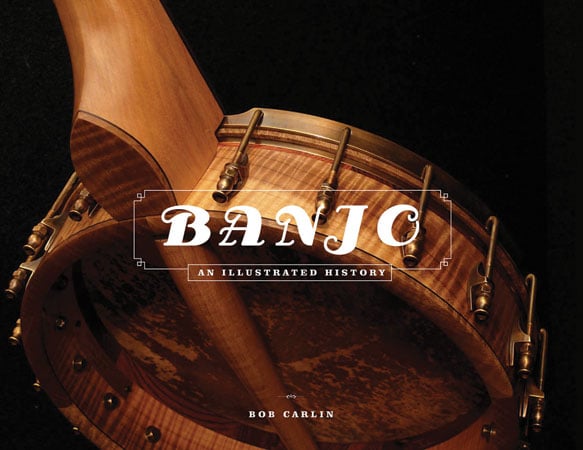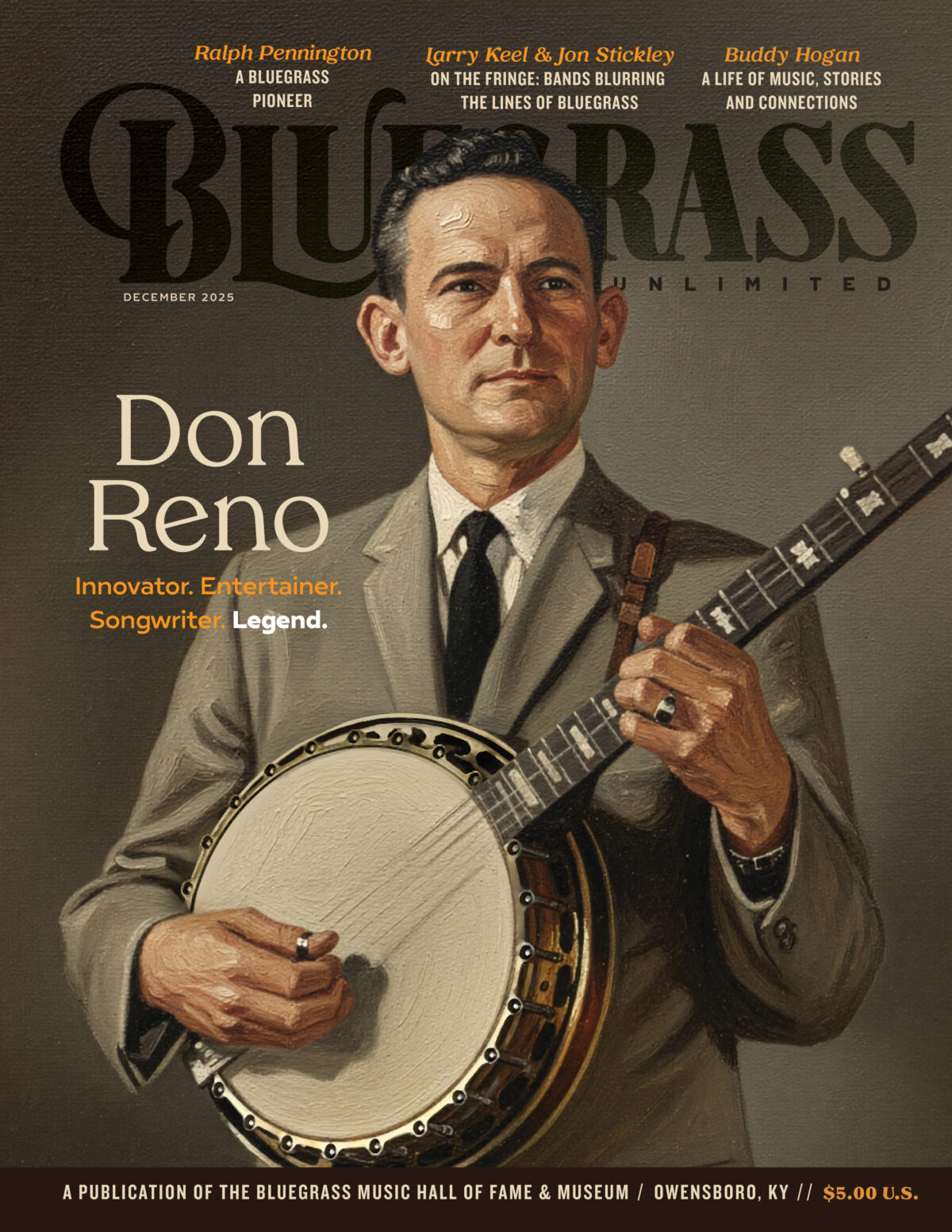BANJO: AN ILLUSTRATED HISTORY
 BANJO: AN ILLUSTRATED HISTORY
BANJO: AN ILLUSTRATED HISTORY
BY BOB CARLIN
Hal Leonard 9781495011245. Foreword by Tony Trischka, 258 pages, hardcover, color photographs, index, $35. (Hal Leonard, 7777 W. Bluemound Rd., Milwaukee, WI 53213, www.halleonard.com.)
I have long enjoyed Bob Carlin’s clawhammer banjo playing, both as a solo artist and as a member of the John Hartford String Band. Bob is also quite the scholar and researcher, having written a book about banjo player Joel Walker Sweeney along with articles for many magazines including Banjo Newsletter, Bluegrass Unlimited, and the Old-Time Herald. Now, in Banjo: An Illustrated History, Bob has turned his considerable talents to illuminating the history of the banjo—in glorious color—from its earliest days up until the present.
Many of us grew up thinking that the banjo is the only American instrument and that it was invented by Joel Walker Sweeney. More recent research has revealed that the banjo originated in West Africa, its forerunners being lute-like instruments from North Africa. But, as Bob says, there is a “gap in our knowledge” between these instruments and those found in America. Whether the banjo “crossed the ocean on slave ships” or whether its memory was “kept alive in the minds of slaves,” we don’t know.
Passing through the hands of enslaved African-Americans into the hands of white Americans, the banjo thrived during the minstrel era, the parlor era, and the jazz era, only to fall from grace in the 1920s. It was kept on life-support by Southern string bands, rejuvenated by Pete Seeger, and revived big time by Earl Scruggs and bluegrass music. Usually, the story stops there, but Bob’s last chapter focuses on the rising interest of young African-American musicians in the banjo. Most of us know of the remarkable success of the Carolina Chocolate Drops, but few of us know that the original members first met at the Black Banjo Gathering in 2005 which celebrated the banjo’s African-American history.
Bob also gives considerable attention to the early manufacturers—Vega, Fairbanks, S.S. Stewart—and to the luthiers of today like Pete Ross, Kevin Enoch, and Jason and Pharis Romero who are passionate about replicating the oldest banjos.
The photographs, of course, are the highlight of the book and they are, indeed, gorgeous. They include many close-ups of those intricate details that banjo players like to wax eloquent about when we’ve run out of tunes. I find it fitting that the last photos in the book are of the Enoch Creature Banjo, built by Kevin Enoch and Pete Ross as a tribute to the movie The Creature From The Black Lagoon. The fretboard pictures a woman in a white bathing suit being chased by The Creature. Somehow that seems symbolic. Of what, I’m not sure. Check it out for yourself in Bob’s beautiful book. Highly recommended. MHH
